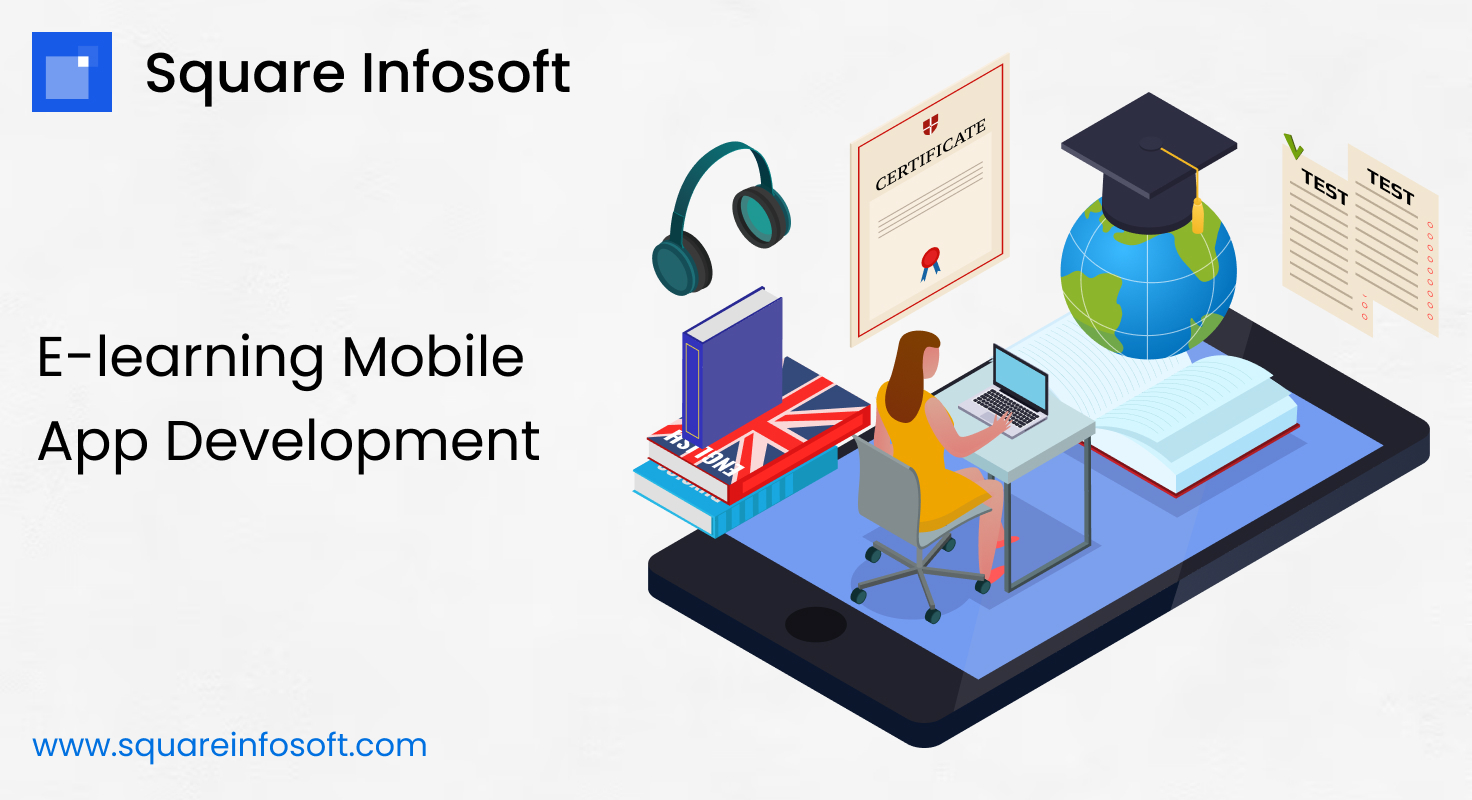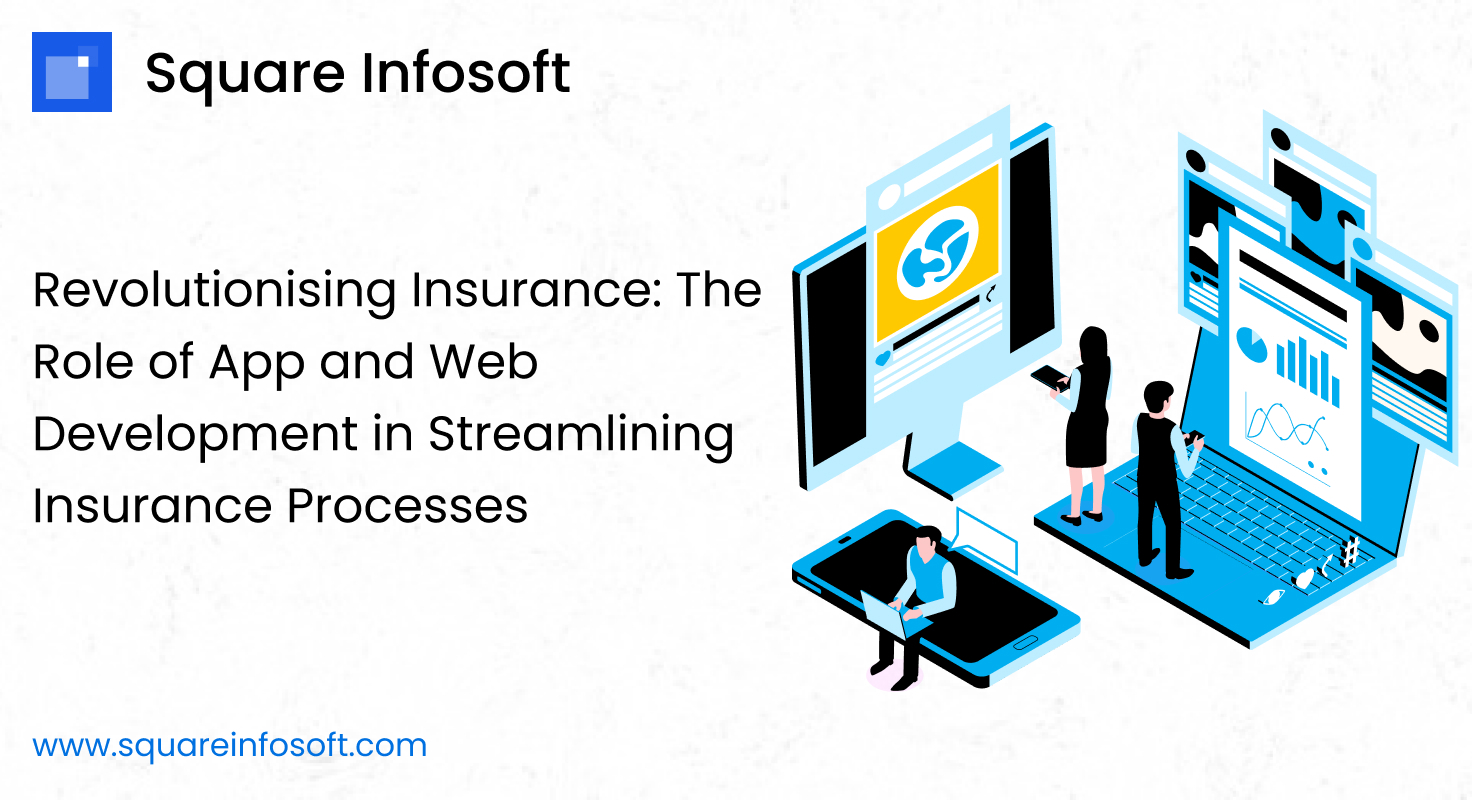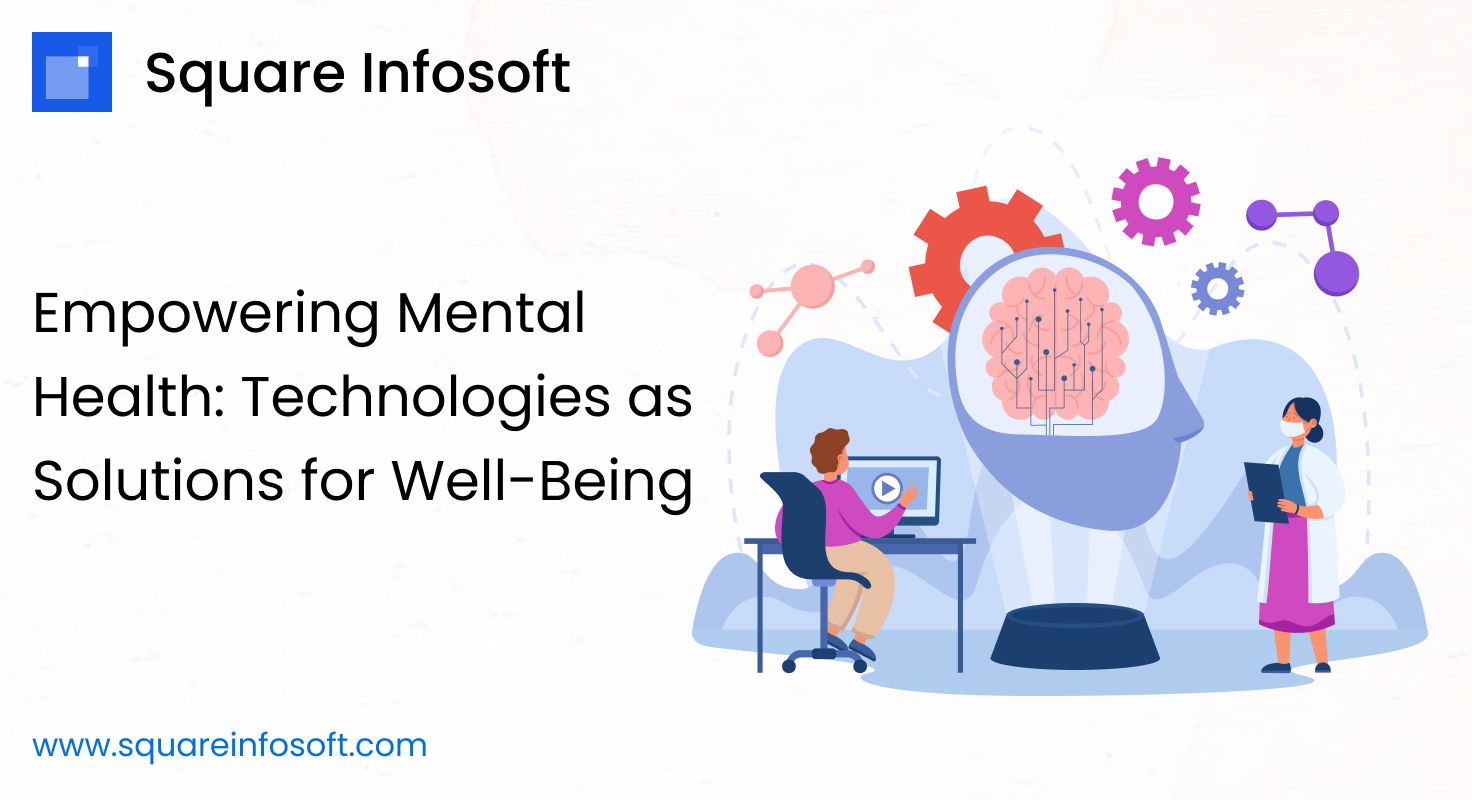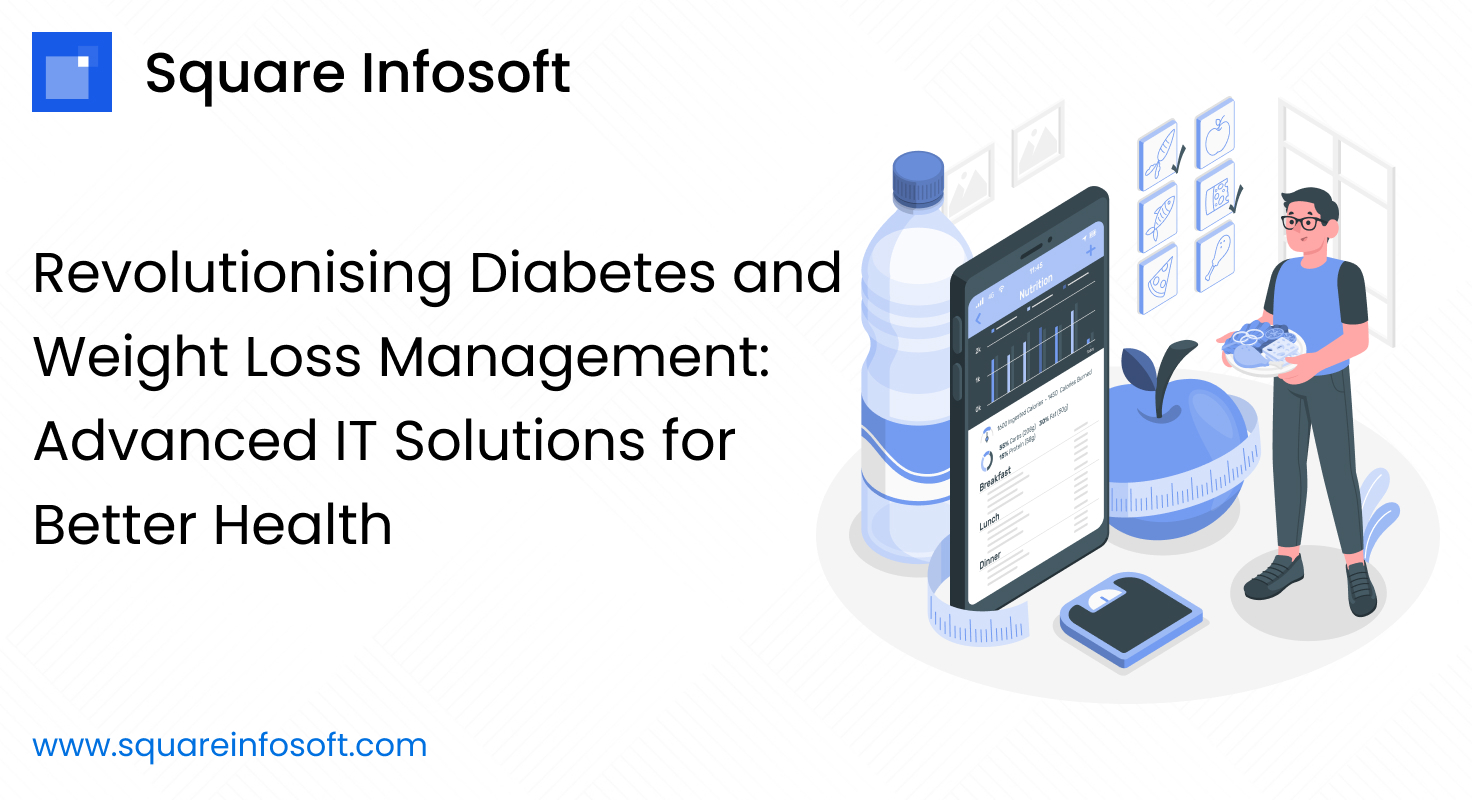Developing an e-learning mobile app can be a valuable tool for delivering educational content and facilitating online learning. Here’s a concise guide to help you create a successful e-learning app:
1. Define Your App’s Focus:
- Determine the target audience (students, professionals, hobbyists) and the type of educational content you’ll offer (courses, tutorials, quizzes).
2. Core Features:
- User Registration: Allow users to create accounts and profiles.
- Course Catalog: Display available courses with descriptions and pricing (if applicable).
- Video Lessons: Offer video content with options for playback speed and subtitles.
- Interactive Quizzes and Assessments: Implement quizzes to test knowledge and track progress.
- Progress Tracking: Enable users to monitor their course progress, completed lessons, and quiz scores.
- User Engagement: Incorporate discussion forums, messaging, and peer-to-peer interactions.
- Offline Learning: Allow users to download course content for offline access.
- Notifications: Send reminders for upcoming lessons, assignments, and discussions.
- Payment Gateway: If courses are paid, integrate secure payment processing.
- User Analytics: Provide insights to educators and learners about user activity and performance.
3. Design and User Experience (UX):
- Create an intuitive and visually appealing interface that enhances the learning experience.
- Ensure easy navigation and accessible content, especially for mobile devices.
4. Platform and Technology Selection:
- Choose the platforms (iOS, Android, or both) and programming languages (Swift, Kotlin/Java) suitable for your target audience.
5. Development:
- Develop the app’s front-end and back-end components, including user registration, content delivery, and progress tracking.
- Implement secure authentication and data protection measures, especially for user data and payment information.
6. Integration:
- Integrate with content management systems for course creation and management.
- Utilize third-party tools for video streaming, analytics, and payment processing.
7. Testing and Quality Assurance:
- Rigorously test the app for functionality, performance, and data accuracy.
- Ensure cross-device and cross-browser compatibility.
8. Deployment:
- Publish the app on app stores (Apple App Store, Google Play Store) following their guidelines.
- Create compelling app descriptions, screenshots, and promotional materials.
9. Marketing and User Acquisition:
- Develop a marketing strategy to attract learners (online advertising, content marketing, partnerships with educators).
- Highlight unique features such as high-quality content, interactive learning, and progress tracking.
10. Continuous Improvement:
- Gather user feedback to make regular updates and enhancements.
- Stay updated on e-learning trends and emerging technologies.
Creating an e-learning app that offers high-quality educational content, interactivity, and user engagement is essential to its success. Prioritize the needs of both educators and learners to build a platform that fosters effective online education.




